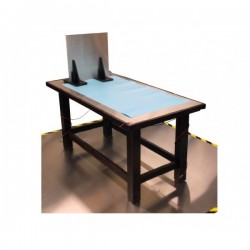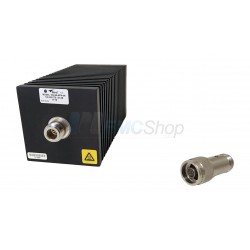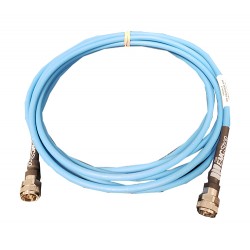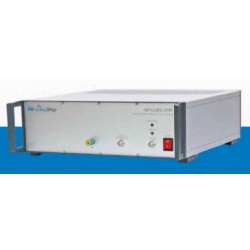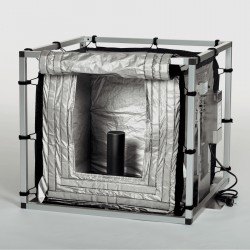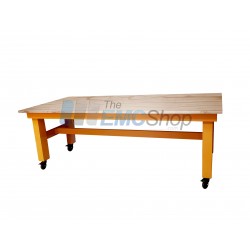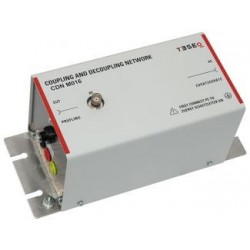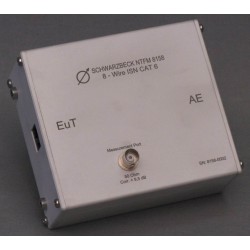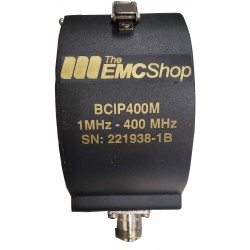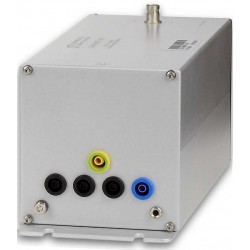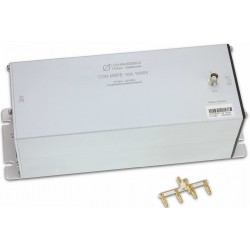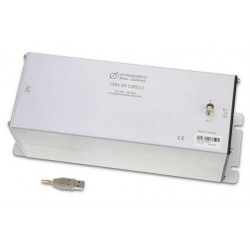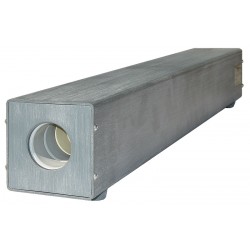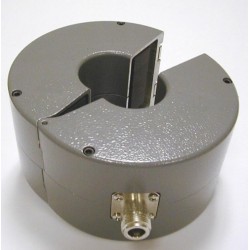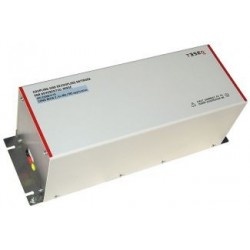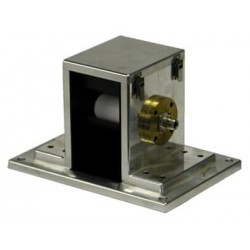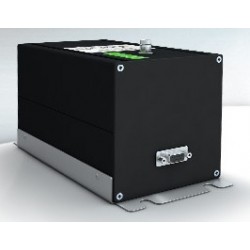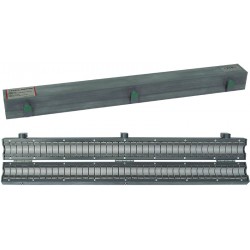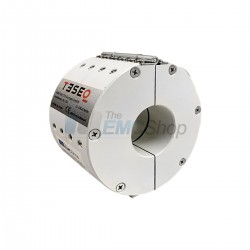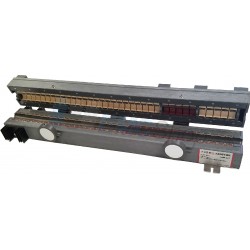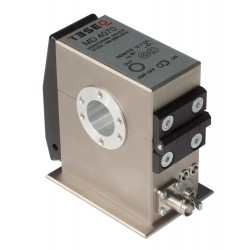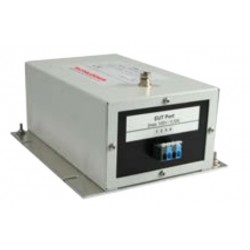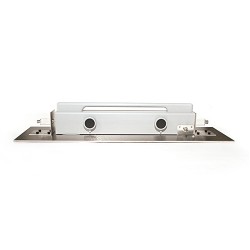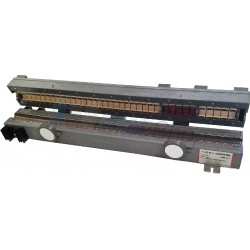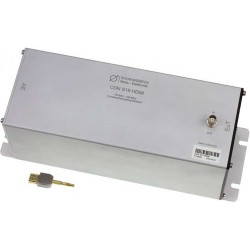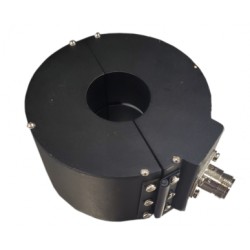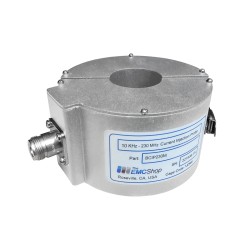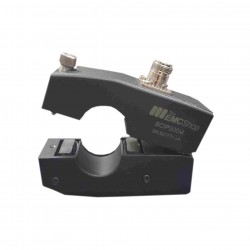No products
Product successfully added to your shopping cart
There are 0 items in your cart. There is 1 item in your cart.
IEC 61000-4-6 Coupling and Decoupling Devices
- EMC Test Equipment
- Transient Generators
- RF Power Amplifiers
- DC - 300 kHz RF Amplifiers
- 10 kHz - 250 MHz RF Amplifiers
- 10 kHz - 400 MHz RF Amplifiers
- 10 kHz - 1 GHz RF Amplifiers
- 80 MHz - 1 GHz RF Amplifiers
- 1 GHz - 2 GHz RF Amplifiers
- 700 MHz - 4.2 GHz RF Amplifiers
- 1 GHz - 6 GHz RF Amplifiers
- 2 GHz - 8 GHz RF Amplifiers
- 6 GHz - 18 GHz RF Amplifiers
- 18 GHz - 40 GHz RF Amplifiers
- Pulse Amplifiers
- RF Field Strength Probes & Meters
- RF Conducted Immunity
- EMC Receivers/EMI Analyzers
- EMC Antennas
- Coupling Decoupling Networks (CDN's)
- Line Impedance Stabilization Networks (LISN's)
- RF Test Equipment
- EMC Probes
- EMC Measurement & Equipment Software
- Power Supplies
- Electrical Safety Analyzers
- High Precision Laboratory Power Analyzers & Meters
- Anechoic Chambers
- Over-the-Air (OTA) Test Chambers
- EMI RF Shielded Tent Enclosures
- RF Shielded Rooms
- EMC Absorber
- Positioning Equipment
- EMC/EMI Test Setup
- GTEM Cells / TEM Cells
- Reverberation Chambers
- Used RF Anechoic Chambers
- EMC Chamber Filters
- EMC Chamber Shielding Gaskets
- RF Shielded Doors
- Anechoic Chamber Accessories
- Fully Anechoic (FAR) Test Chambers
- Manufacturers
- 3ctest
- AE Techron
- AH Systems
- Amplifier Research
- Boonton
- Com-Power
- Diamond Engineering
- EM Test (Ametek CTS)
- EMC Partner
- EMC Test Design
- Empower High Power RF Amplifiers
- ETS-lindgren
- Log Periodic Dipole Array Antenna
- Near Field Probe Sets
- Double Ridge Horn Antennas
- Biconical Antennas
- Quad Ridge Horn Antennas
- Electric Field Probes
- GTEM's
- Positioners & Tripods
- Loop Antennas
- Biconilog Antennas
- LISN's (Line Impedance Stabilization Network)
- Shielded Enclosures/Rooms
- Monopole Antennas
- Field Generating Antennas
- Fischer Custom Communications
- Haefely Hipotronics
- Haefely EFT/Burst Immunity Test Systems
- Haefely Surge Combination Wave Test Systems
- Haefely Surge Damped Oscillating Wave Test Systems
- Haefely Electrostatic Discharge Test Systems (ESD)
- Haefely Surge Ring Wave Test Systems
- Haefely Surge Telecom Wave Test Systems
- Haefely Magnetic Field Test Systems
- Haefely CDN's (Coupling/Decoupling Networks)
- IFI Amplifiers
- Keysight (Agilent)
- MVG - Microwave Vision Group
- PMM / Narda
- Rohde & Schwarz RF Test Equipment
- Rohde & Schwarz Broadband RF Amplifiers
- Rohde & Schwarz Spectrum Analyzers
- Rohde & Schwarz Compliant EMI Test Receivers
- Rohde & Schwarz Isotropic RF Probes
- Rohde & Schwarz RF Signal Generators
- Rohde & Schwarz RF Switches
- Rohde & Schwarz Oscilloscopes
- Rohde & Schwarz RF Power Meters
- Rohde & Schwarz RF Power Sensors
- Schloder
- Schwarzbeck Mess-Elektronik
- Schwarzbeck Antennas
- Schwarzbeck Automotive Antennas
- Schwarzbeck Broadband Horn Antennas
- Schwarzbeck Biconical Antennas
- Schwarzbeck Logarithmic Periodic Broadband Antennas
- Schwarzbeck Stacked Log-Periodic Broadband Antennas
- Schwarzbeck Biconic Log-Periodic Antennas
- Schwarzbeck Dipole Antennas
- Schwarzbeck Rod Antennas
- Schwarbeck Antenna Baluns / Holders
- Schwarzbeck LISN Line Impedance Stabilisation Networks
- Schwarbeck Decoupling & Absorbing Clamps
- Schwarzbeck Field Probes
- Schwarzbeck Helmholtz Coils
- Schwarzbeck Antenna Masts
- Schwarzbeck Coupling/Decoupling Networks
- Schwarzbeck Antennas
- Solar Electronics
- Teseq (Schaffner)
- Teseq Automotive Transient Generators
- Teseq RF Test Equipment
- Teseq EFT/Burst Generators
- Teseq RF Immunity Generators
- Teseq ESD Guns
- Teseq Surge Generators
- Teseq Harmonics & Flicker Solutions
- Teseq Dips, Interrupts & Variations Equipment
- Teseq Ring Wave Generators
- Teseq Oscillatory Waves Generators
- Teseq Absorbing Clamps / Ferrite Tube
- Teseq EMC Antennas
- Teseq Current Probes
- Teseq Coupling Networks
- Thermo Keytek
- Vicreate
- Compliance Standards
- International (IEC/EN)
- EN/IEC 61000-3-2
- EN/IEC 61000-3-3
- IEC 61000-3-11
- IEC / EN 610000-3-12
- EN/IEC 61000-4-2
- EN/IEC 61000-4-3
- EN/IEC 61000-4-4
- EN/IEC 61000-4-5
- EN/IEC 61000-4-6
- EN/IEC 61000-4-7
- EN/IEC 61000-4-8
- EN/IEC 61000-4-9
- EN/IEC 61000-4-10
- EN/IEC 61000-4-11
- EN/IEC 61000-4-12
- EN/IEC 61000-4-16
- EN/IEC 61000-4-18
- EN/IEC 61000-4-19
- EN/IEC 61000-4-20
- EN/IEC 61000-4-21
- EN/IEC 61000-4-29
- EN/IEC 61000-4-31
- IEC 61000-4-39
- EN/IEC 62132
- SEMI F47 Voltage Sag Immunity
- Product Standards
- Military & Aerospace Standards
- Automotive EMC Standards
- CISPR Standards
- Telecom Testing
- ANSI/IEEE Standards
- FCC Part 15
- FCC Part 30
- International (IEC/EN)
- Application/Test Type
- Radiated Immunity
- Bulk Current Injection Testing
- RF Emissions Testing
- Conducted Immunity
- Conducted Emissions
- Antenna Pattern Measurement
- CE Mark Testing
- Intentional Radiator Testing
- Pulsed HIRF Radar
- Over-the-Air (OTA) Testing
- 5G Test Solutions
- Automotive EMC
- SAR Measurement Equipment
- Radiated Emissions
- Battery Simulator Test Equipment
- Services
- Clearance
Viewed products
-

Schwarzbeck CDN...
0.15 kHz - 230 MHz 4 mm Safety Banana...
-

EM Test CSS 500N10...
Surge current 8/20us up to 10kA...
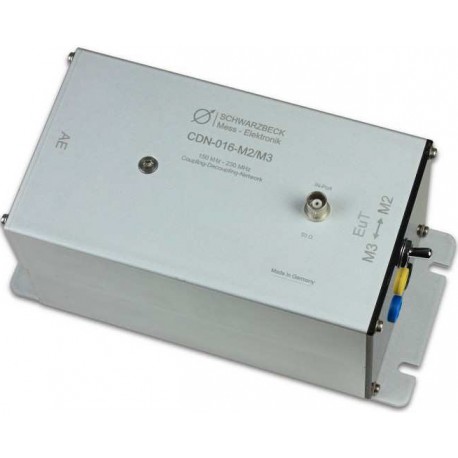 View larger
View larger Schwarzbeck CDN M2/M3PE 16A Coupling Decoupling Network
New
- 0.15 kHz - 230 MHz
- 4 mm Safety Banana Sockets
- 16 A Max. Current rating
- 250 VAC 400 VDC Input Voltage EUT
- For conducted common mode immunity testing according to IEC 61000-4-6
- Complies to IEC 61000-4-6 Annex D2
- Suitable for immunity testing on unscreened a.c. and d.c. power supply lines (mains lines)
Typically In Stock
PDF Downloads
Test Equipment Description
The CDN M2/M3PE 16A is a part of the coupling decoupling network series for conducted common mode immunity testing according to IEC 61000-4-6. The CDN M2/M3PE 16A complies to IEC 61000-4-6 Annex D2 and is suitable for immunity testing on unscreened a.c. and d.c. power supply lines (mains lines).
The CDN M2/M3PE 16A is intended to inject common mode disturbance signals to power supply or mains lines (unscreened) in the frequency range from 150 kHz to 230 MHz. The circuitry schematics are shown in fig. 5 and fig.6.
By switching this CDN can be used as CDN M2 (for L and N or for DC+ and DC-) or alternatively as CDN M3PE (L,N,PE).
All CDNs comply to the requirements of IEC 61000-4-6. Each CDN comes with individually measured data and a calibration certificate for the common mode impedance and the voltage division factor. Further typical data can be found in Fig. 3 and Fig. 4
A variety of calibration adapters and other accessories are available as options.
Important Note:
The optional shorting adapters must not be used if the CDN is connected to mains! Use the 2 pin adapters for M2 calibrations, use the 3 pin adapters for M3 calibrations!
The capacitors at the AE-side are equipped with 2 MΩ discharging resistors. The connection to ground can be accomplished using the ground plane of the CDN. Additionally there is an M4 thread located at the AE side to ground as well as a 4 mm socket to connect the device to ground.
To improve the operational safety the mains voltage-carrying connections are carried out as security sockets. We recommend to use special 4 mm security plugs if you plan to design your own adapters. Those connectors can be purchased optionally.
 |  |
| Fig. 1: typ. EuT common mode impedance | Fig. 2: typ. phase EuT-Port, (common mode) |
 |  |
| Fig. 3: typ. voltage division factor RF-port to EuT port | Fig. 4: typ. Isolation between AE and RF-Port |
 |  |
| Fig. 5: principal circuitry CDN M2/M3 16A, switch position M3 | Fig. 6: principal circuitry CDN M2/M3 16A, switch position M2 |
| Specifications | |
| Frequency range | 0.15 … 230 MHz |
| Common mode impedance | 150kHz–24MHz: 150Ω±20Ω 24MHz–80MHz: 150Ω+60Ω/-45Ω 80MHz-230MHz: 150Ω+60Ω/-60Ω |
| Max. RF-test voltage (emf) | 30 V |
| RF-input-power | 6 W (continuous) |
| RF-input connector | 50 Ω BNC (female) |
| Voltage division factor RF-input – EuT-port | 9.5 dB 150 kHz – 80 MHz: ± 1dB 80 MHz – 300 MHz: +3 dB / - 2 dB |
| Input voltage EuT (AE) | 250 VAC 400 VDC |
| Housing material | Aluminium |
| Housing dimensions | 120 x 105 x 225 mm |
| Weight | ca. 1360 g |
| EuT, AE connectors | 4 mm safaty banana jacks |
| Included accessories | (2 pcs of each type included by default) CA 3/4 CA 2/4 |
| Optional accessories 30 mm distance adapter 50 Ω to 150 Ω adapter | SR 30/4 SR 100-6W |


